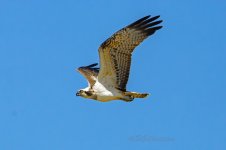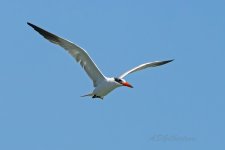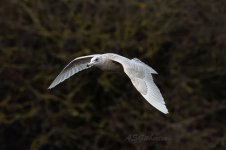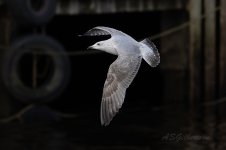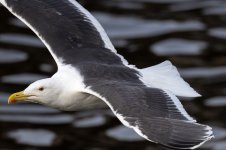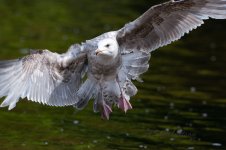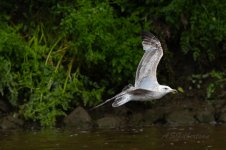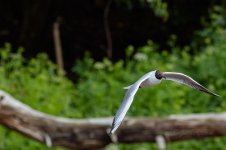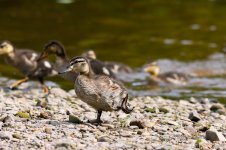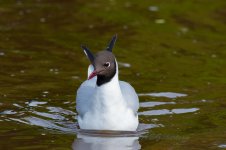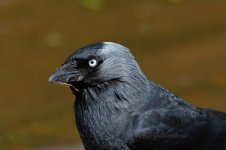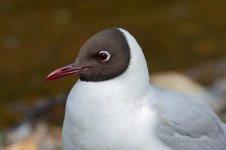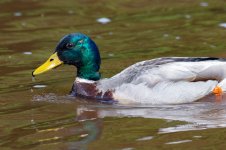Evan Atkinson
Always finding a way to go off topic...



You were correct! There has been a noticeable improvement in speed of AF and resulting image quality. Keeper rate is higher now. Still learning the quirks of the R7 but now getting images that make me happy. Will get a big test in a couple of weeks when we have an offshore trip... see if I can catch those seabirds whizzing by, going above and below the horizon... I may need to practice manual exposure to keep the AE from alternately under-and over-exposing the birds.I think you'll find a huge difference in your output at once. The EF100-400 Mk II is a fine lens (and was my initial combination with the R7) but having the RF lens designed for use with the RF range cameras is the business.
John

Looking forward to seeing those. I've tried to take pics of hirundines and swifts at a migration site yesterday and it's been a bit of a disaster. Focus lock was very tricky and the camera was hunting a lot. Still getting to grips with the slight delay in seeing the image with mirrorless but would have managed to get on much better with my old 7d2. Lots to learn, hopefully will manage in due course. I had the focus set at flexible zone AF1 but couldn't even get lock on very distant Purple Heron. Any advise much appreciated..... Will be out photographing house martin and swift on the weekend so will post the best of those when I have time ....

I did not really achieve any good images of any hirundines unfortunately. Very mobile and did not stick in one area for very long. My advice is to get on them in the blue sky and just hope the camera sticks onto them. If its helpful I can post the af setup I have because it does quite well when it locks on. I have found that it is very difficult to get the camera to lock onto a bird like a jackdaw against a dark background at a distance. I would think with purple heron it was against some reeds?Looking forward to seeing those. I've tried to take pics of hirundines and swifts at a migration site yesterday and it's been a bit of a disaster. Focus lock was very tricky and the camera was hunting a lot. Still getting to grips with the slight delay in seeing the image with mirrorless but would have managed to get on much better with my old 7d2. Lots to learn, hopefully will manage in due course. I had the focus set at flexible zone AF1 but couldn't even get lock on very distant Purple Heron. Any advise much appreciated.


Was in Costa Rica some years ago. At a fairly liquid dinner the discussion turned to pratincoles. I suggested to one of the party that he might be 'pratin' and I could be 'cole'. He was very kind to me and I am still alive.R7 + RF100-500, 30th April.View attachment 1580164
I tend not to use the 1.4 converter, especially for flying stuff, but I did for this Osprey last September.Very impressive BW. Seems like you get the reach of the RF200-800 at much less cost with the R7. Have you tried this set up with the b1.4 tc, please?
Thanks
Colin
